
As late as the 1920s, elderly Cheyennes said that two southern Cheyenne women had come upon the body of Custer. He had been shot in the head and in the side. They recognized Custer from the Battle of the Washita in 1868, and had seen him up close the following spring when he had come to make peace with Stone Forehead and smoked with the chiefs in the lodge of the Arrow Keeper. There Custer had promised never again to fight the Cheyennes, and Stone Forehead, to hold him to his promise, had emptied the ashes from the pipe onto Custer’s boots while the general, all unknowing, sat directly beneath the Sacred Arrows that pledged him to tell the truth.
It was said that these two women were relatives of Mo-nah-se-tah, a Cheyenne girl whose father Custer’s men had killed at the Washita. Many believed that Mo-nah-se-tah had been Custer’s lover for a time. No matter how brief, this would have been considered a marriage according to Indian custom. On the hill at the Little Bighorn, it was told, the two southern Cheyenne women stopped some Sioux men who were going to cut up Custer’s body. “He is a relative of ours,” they said. The Sioux men went away.
Every Cheyenne woman routinely carried a sewing awl in a leather sheath decorated with beads or porcupine quills. The awl was used daily, for sewing clothing or lodge covers, and perhaps most frequently for keeping moccasins in repair. Now the southern Cheyenne women took their awls and pushed them deep into the ears of the man they believed to be Custer. He had not listened to Stone Forehead, they said. He had broken his promise not to fight the Cheyenne anymore. Now, they said, his hearing would be improved.
Read the rest here.
Bill Miller, "Blessing Wind"
Listen or your tongue will keep you deaf.
- Cree Proverb

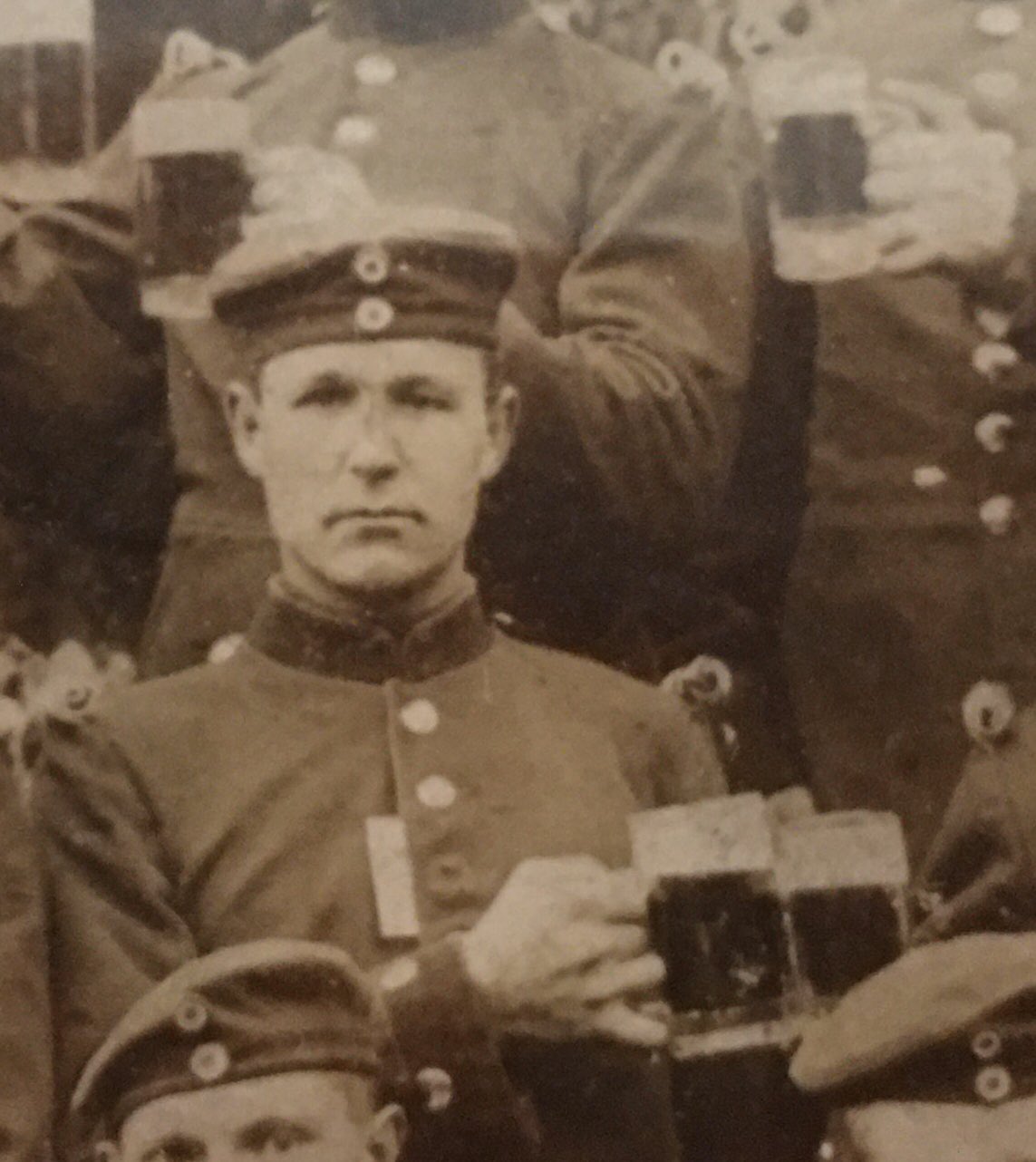








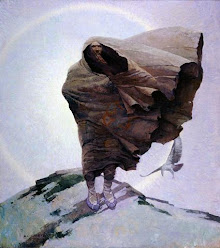













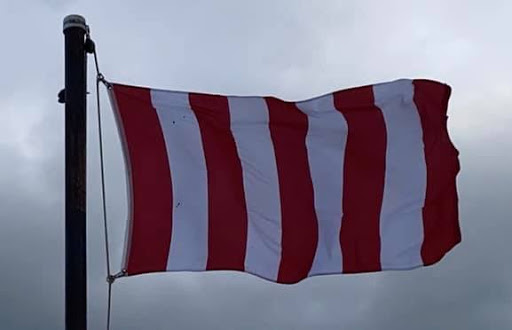
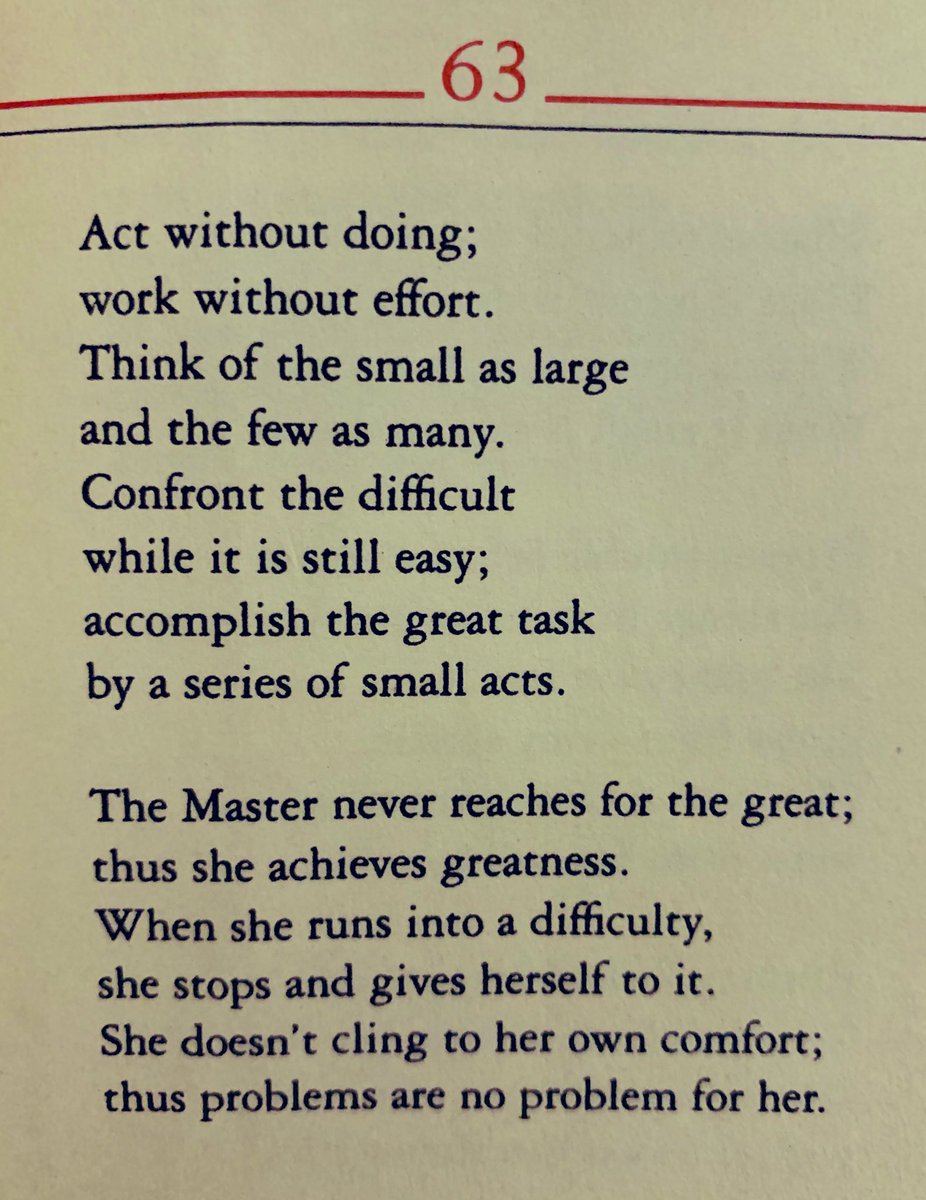















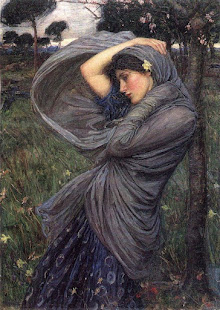














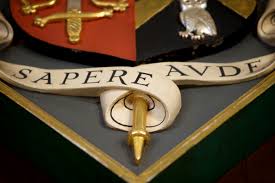






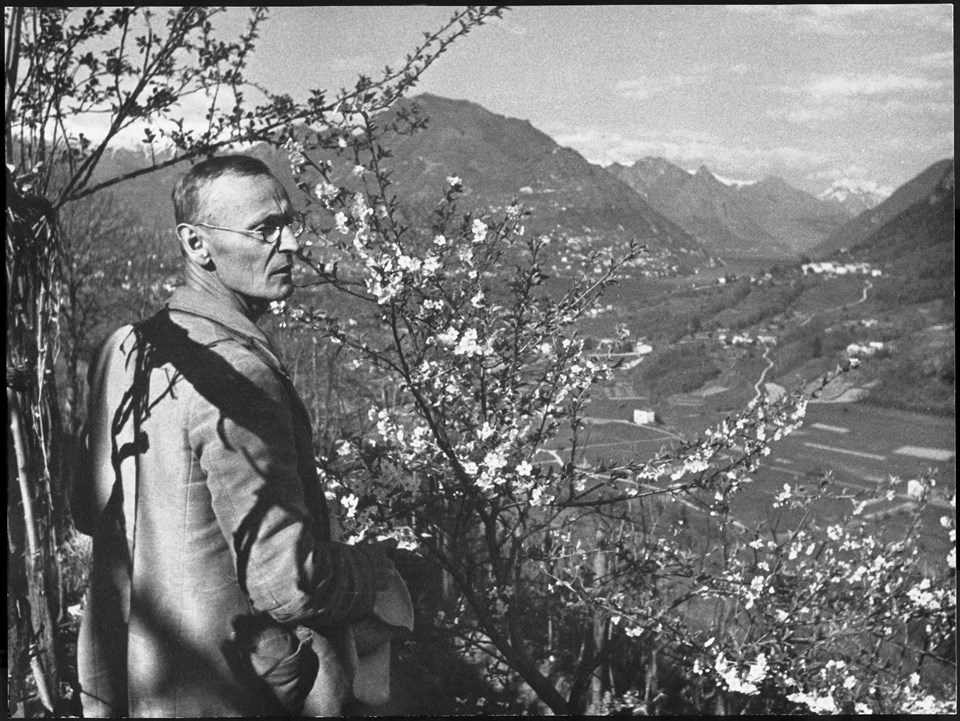


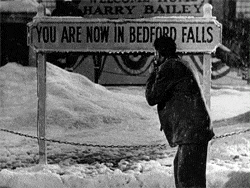







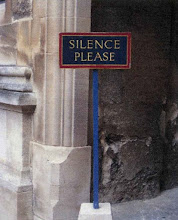









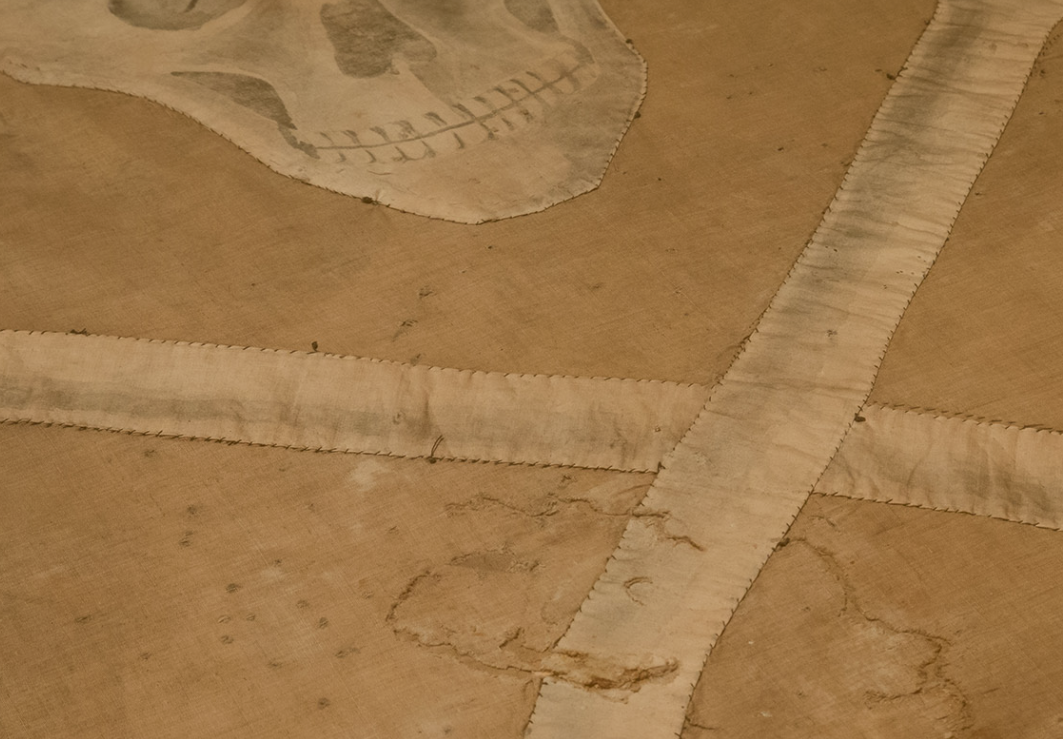


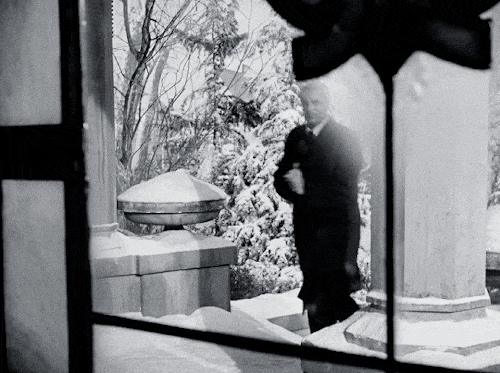





















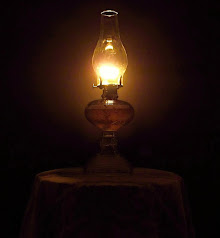



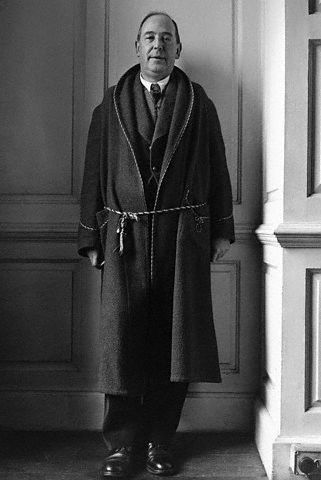



No comments:
Post a Comment